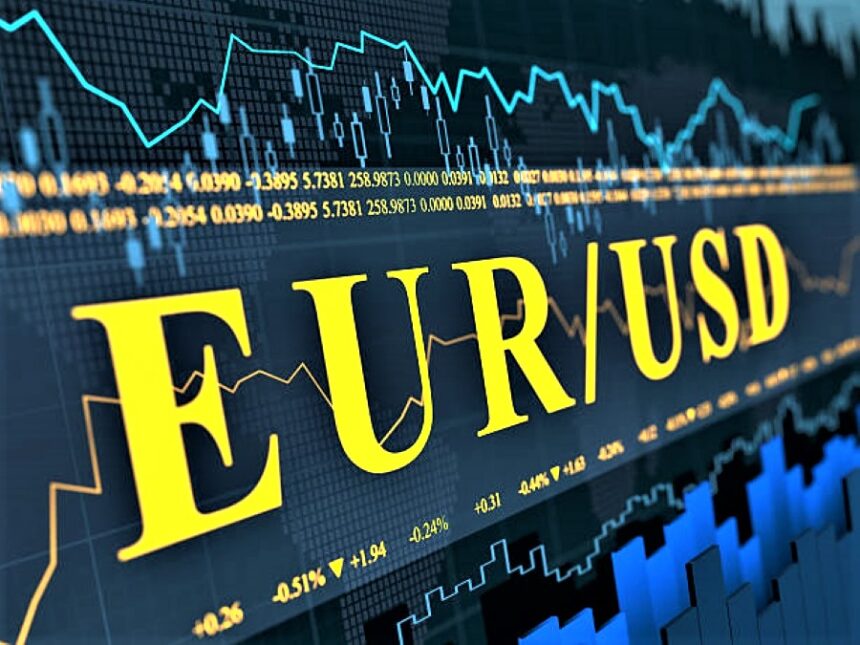EURUSD trading sideways over 1.0800 ahead of key Eurozone/US macroeconomic events.
EURUSD traded steady in Tuesday’s European session, while the US Dollar (USD) edged higher on market nervousness ahead of the Federal Reserve’s (Fed) monetary policy announcement on Wednesday. The US Dollar Index (DXY), which measures the Greenback’s value against six major currencies, rises to around 104.70.
For the eighth consecutive meeting, the Fed is likely to maintain interest rates steady at 5.25%-5.50%. It is expect to be the final stable interest rate decision. And the Fed will begin to normalize policy at the September meeting.
Moreover According to the CME FedWatch tool, 30-day Federal Fund futures pricing data indicates. That the central bank will lower interest rates by 25 basis points (bps) from current levels at its September meeting. The figures also show that there will be two additional rate cuts before the end of the year. Rather than one as forecast by Fed policymakers in the most recent Fed dot plot.
The Fed expected to publicly support rate reduction in September.
Market experts believe the Fed will acknowledge the return of inflation on the path to the bank’s 2% target. As well as some progress, as well as upside risks to labor market strength. This would imply that the Fed is ready to dismantle the policy-tightening framework. That has been in place for over two years.
Furthermore This week, EURUSD investors will also include a flood of economic data. Investors will pay close attention to JOLTS Job Openings data for June. Which will be released at 14:00 GMT on Tuesday. Employers are expected to list 8.03 million job openings, down from 8.14 million in the previous release.
Daily Market movers: EURUSD fluctuates ahead of German GDP and inflation.
In Tuesday’s European session, the EURUSD traded in a tight range, barely above the immediate support level of 1.0800. The major currency pair is struggling for direction. As investors remain cautious ahead of the preliminary German and Eurozone Q2 GDP and German Harmonized Index of Consumer Prices (HICP) for July.
Economic data will show whether current Market expectations. That the European Central Bank (ECB) will drop its benchmark borrowing rates twice more this year are reasonable. The Eurozone and German economies are expected to have expanded at slower rates of 0.2% and 0.1%, respectively. The German annual HICP is estimated to have fallen to 2.4% from 2.5% in June, with monthly data rising consistently by 0.2%.
Moreover Slower GDP growth and mild inflation would be detrimental for the Euro because it would increase expectations of the ECB cutting interest rates twice more this year.
ECB may slash interest rates twice more this year.
The ECB began its policy-easing cycle in June but did not decrease interest rates sequentially in July, as policymakers are concerned that a robust expansionary stance may raise price pressures again.
This week, main trigger Eurozone’s preliminary Harmonized Index of Consumer Prices (HICP) for July will be published on Wednesday. Annually, the headline and core HICP, which exclude volatile categories such as food, energy, alcohol, and tobacco, are expected to fall to 2.4% and 2.8%, respectively.









